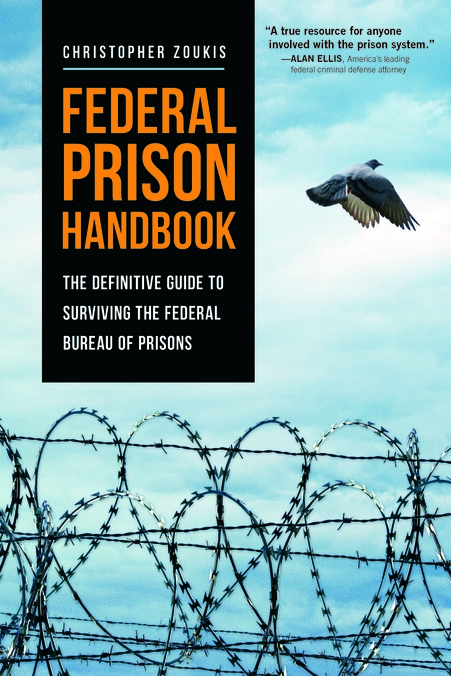by Douglas Ankney
On May 8, 2024, the Supreme Court of New Mexico revised the rules governing pretrial release. According to Artie Pepin, Director of the Administrative Office of the Courts, the revisions include:
People released while awaiting trial on any felony or on specified misdemeanors (e.g., driving while intoxicated; ...
by Douglas Ankney
Bruce Praet, cofounder of the company Lexipol, offers California cops some advice in one of his online training webinars: When notifying the family of a person the police have killed, obtain as much information as possible on the deceased before telling the family their loved one is ...
by Douglas Ankney
The U.S. Court of Appeals for the Third Circuit took the unusual step of ordering the U.S. District Court for the Western District of Pennsylvania to hold an evidentiary hearing on state prisoner Khamal Fooks’ 28 U.S.C. § 2254 petition for writ of habeas corpus.
Fooks pleaded guilty ...
by Douglas Ankney
The Supreme Court of Nevada held that district courts have no discretion to deny a motion to set aside the judgment of conviction under NRS 176A.240(6)(a) when filed by a defendant who meets the statutory requirements.
Christopher Kabew pleaded guilty to attempted residential burglary. The district court ...
by Douglas Ankney
Florida Senate Bill 184 (“SB 184”) makes it a second-degree misdemeanor to approach within 25 feet of a first responder after receiving a verbal warning to stay away. Included under the provisions of the law is a requirement of intent to interfere, threaten, or harass the first ...
by Douglas Ankney
The U.S. House of Representatives’ Committee on the Judiciary (“Committee “) released a report on March 6, 2024, entitled “Financial Surveillance in the United States: How Federal Law Enforcement Commandeered Financial Institutions to Spy on Americans” (“Report”) that described in detail federal law enforcement agencies’ surveillance partnership ...
by Douglas Ankney
According to an article appearing on June 10, 2024, in the Proceedings of the National Academy of Sciences, researchers have concluded that wire-cutting evidence should not be admissible in court unless additional information about the number of comparisons made is provided. A study entitled “Hidden Multiple Comparisons ...
by Douglas Ankney
The Department of Homeland Security (“DHS”) has an impressive cache of surveillance technology that includes, inter alia, automated license plate readers (“ALPR”) and cell-site simulators (“CSS”). The latest tracking and surveillance revelation is that DHS and other law enforcement agencies have been using TraffiCatch since 2019.
Deployed ...
by Douglas Ankney
The U.S. Court of Appeals for the Tenth Circuit held that a conviction for assault resulting in serious bodily injury under 18 U.S.C. § 113(a)(6) is not a qualifying predicate “crime of violence” for purposes of U.S. Sentencing Guidelines (“USSG”) § 2K2.1(a)(3).
Kenneth Devereaux pleaded guilty ...
by Douglas Ankney
The Supreme Court of Ohio held that the 365-day deadline set forth in R.C. 2953.21(A)(2)(a) for filing a postconviction motion begins from the date of the filing of the trial transcript in a delayed appeal.
Michael Dudas was sentenced to prison for murder and other crimes ...





